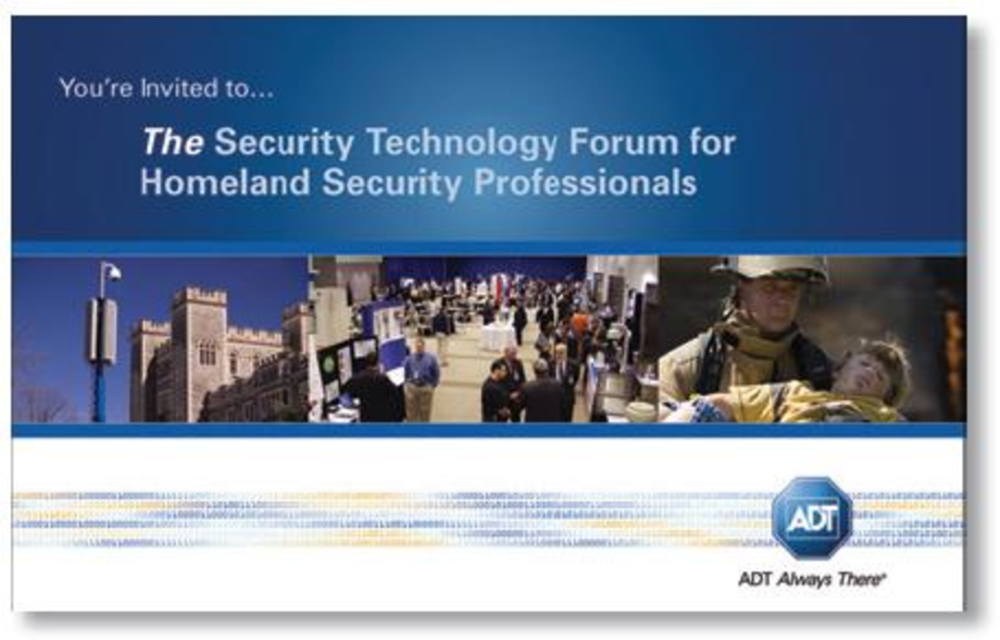Combined, government agencies at all levels in the US spend more than $2 trillion each year on products and services — making them a desirable target for marketers of everything from office supplies and insurance to IT services.
“If you’re a Fortune 1,000 company and you don’t have a robust business-to-government channel, you’re essentially leaving millions of dollars on the table for competitors,” points out Gal Borenstein, CEO and chief strategist of The Borenstein Group.
Many marketers, though, see Uncle Sam as a daunting, hard-to-reach client, complete with a vast bureaucracy. But that shouldn’t stop interested marketers, Borenstein insists. “The perception is that marketing to the government is impossible unless you’re an insider,” he explains. “The truth is that any company of any size can enter the market.”
However, reaching decision-makers in this sector requires some effort. The federal government is centralized, so reaching major agencies such as the Department of Defense is similar to approaching a major corporation. The government also has a centralized purchasing agent, the US General Services Administration (GSA) – essentially a virtual mall with a list of vendors for all kinds of products and services. Each federal agency has hundreds of purchasing agents that make decisions.
“You have to get on the radar by being approved as a GSA vendor,” says Borenstein. “[Then], you have to market to the individual buyers within each federal agency to promote your product.”
That’s a good thing, he adds, because one person saying no doesn’t mean your product can’t be sold. “Each agency has its own rules and regulations, so the marketing opportunity is unlimited,” he explains.
But in reality, only about 10% of government buying is done through the GSA. “Individual government agencies have created their own contracting vehicles,” says Borenstein. But still, he adds, “If you don’t have a GSA schedule, you’ll have a much harder time proving your viability.”
Once they know who to market to, marketers use different tactics to reach these decision makers. Krista Shold, marketing and communications for Fedrooms.com, an online hotel finder for government officials, recently worked on a successful viral contest. “Government employees like the incentive and the variety that it offers,” she says.
But while these types of initiatives can be effective, they also require extra creativity. Prizes cannot have any cash value because of strict government policies in place relating to lobbying. “The goal is to not take up too much of the person’s time but to still get them to interact with your brand,” she says.
Another tactic companies can use is highly targeted events. Borenstein, who recently developed an event sponsored by security provider ADT, notes that in Washington, DC there are hundreds of small to midsize events that cover nearly every sector of government spending. The key is to be strategic. “There’s not one event that covers everything,” he says.
As in many other sectors, direct marketing in the b-to-g sector is increasing online. Whitepapers, webinars and published case studies can create increased visibility. But a targeted interactive online experience can also grab the attention of the government employee. Steve O’Keeffe, founder and principal of O’Keeffe & Company, recently developed the Teleworks Eligibility Gizmo forTeleworkExchange.com, which allows government employees to answer simple survey questions to evaluate whether they are eligible to work from home.
In order to penetrate the intricate web of b-to-g marketing, strategy and know-how are key.
“You’ve got to be prepared to position your product or service as a solution,” Borenstein says. “If you wait for the government to come to you, you’ll be waiting by the phone for a very long time.”
Campaigns
Telework Exchange
Online survey
To increase awareness of telework options for government employees, TeleworkExchange.com launched its Telework Eligibility Gizmo last year. Users take a survey to determine whether working from home is an option, then are able to opt in to receive additional information by e-mail. More than 10,000 employees have registered on the site and 2,000 have used the Eligibility Gizmo.
ADT
Integrated campaign
ADT partnered with the Borenstein Group to develop an integrated multimedia campaign aimed at increasing government officials’ attendance at the ADT-sponsored SecTech ’08 security expo. Banner ads on key sites, radio spots and print ads in technology trade publications were used. Attendance of key government security officials more than doubled from the previous year.
Fedrooms.com
E-mail quiz
In October 2007, Fedrooms.com, an online hotel finder for government officials, sent a four-question e-mail quiz to its opt-in database of 6,000 members. To increase brand awareness, respondents had to answer the questions by perusing the Fedrooms Web site. Those who correctly answered all four questions received a upgrade, contingent on availability, at a participating hotel chain. The campaign garnered 250 responses.







